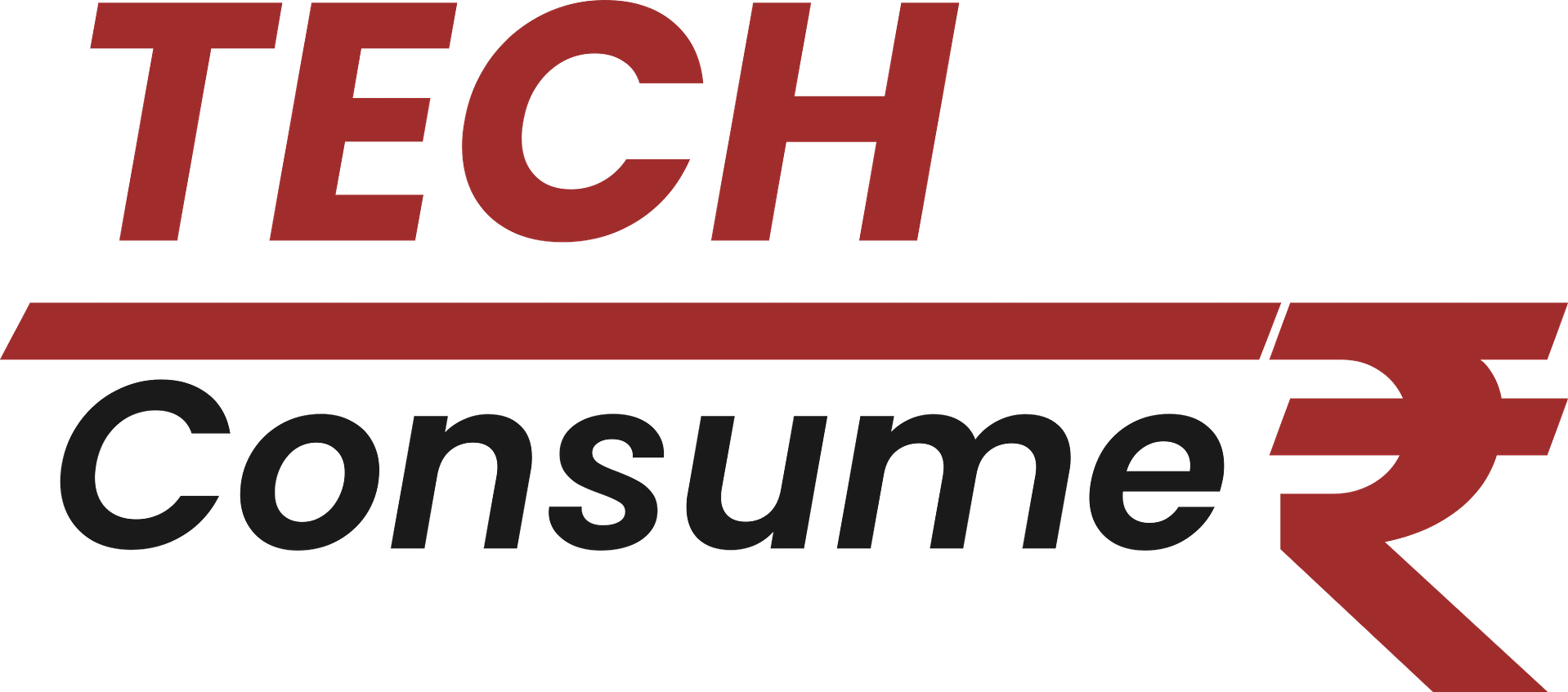Introduction:
India is moving towards a great change which started on 8th November 2016 with the announcement of demonetization by the Prime Minister of India (Mr. Narendra D. Modi).
It caused a serious problem to the public to do transactions using cash and this forced everyone towards digital payment options which were PayTM (Download from PlayStore), Mobikwik, PayUMoney, Oxygen Wallet, Freecharge etc. earlier.
Now the government is willing to introduce the cashless transactions (actually it should be called less-cash transactions) all over the country to remove the black money (or let’s say reduce) and to build a more digital society. So they came forward and launched this system, which is called UPI (Unified Payment Interface).
Definition:
Unified Payments Interface (UPI) is a system that powers multiple bank accounts (of participating banks), several banking services features like fund transfer (P2P), and merchant payments in a single mobile app.
It was launched with Reserve Bank of India’s (RBI) vision of migrating towards a ‘less-cash’ and more digital society by National Payments Corporation of India. UPI has built on the Immediate Payment Service (IMPS) platform.
UPI (Unified Payment Interface) can be used for the following purposes:
- Immediate money transfer through mobile device round the clock 24*7 and 365 days.
- Single mobile application for accessing different bank accounts
- Single Click, 2 Factor Authentication.
- Virtual ID of the customer for Pull & Push provides for incremental security with the customer not required to enter the details such as Card no, Account number; IFSC etc.
- Bill Sharing with friends.
- Merchant Payment with Single Application or In-App Payments.
- Scheduling PUSH and PULL Payments for various purposes.
- Utility Bill Payments, Over the Counter Payments, Bar-code (Scan and Pay) based payments.
- Donations, Collections, Disbursements Salable.
- Raising Complaint from Mobile App directly.






Nice article Keep the good job bro